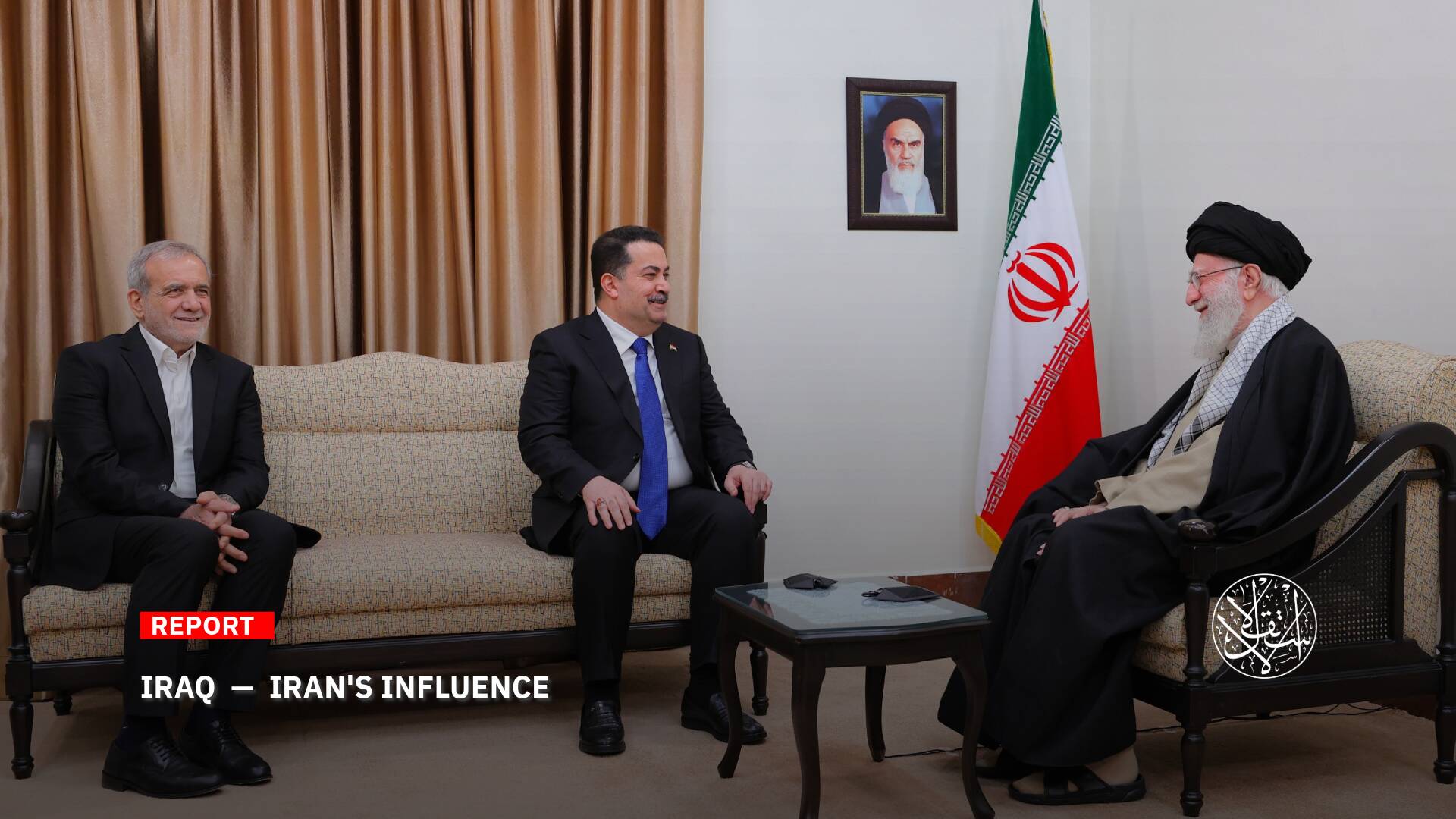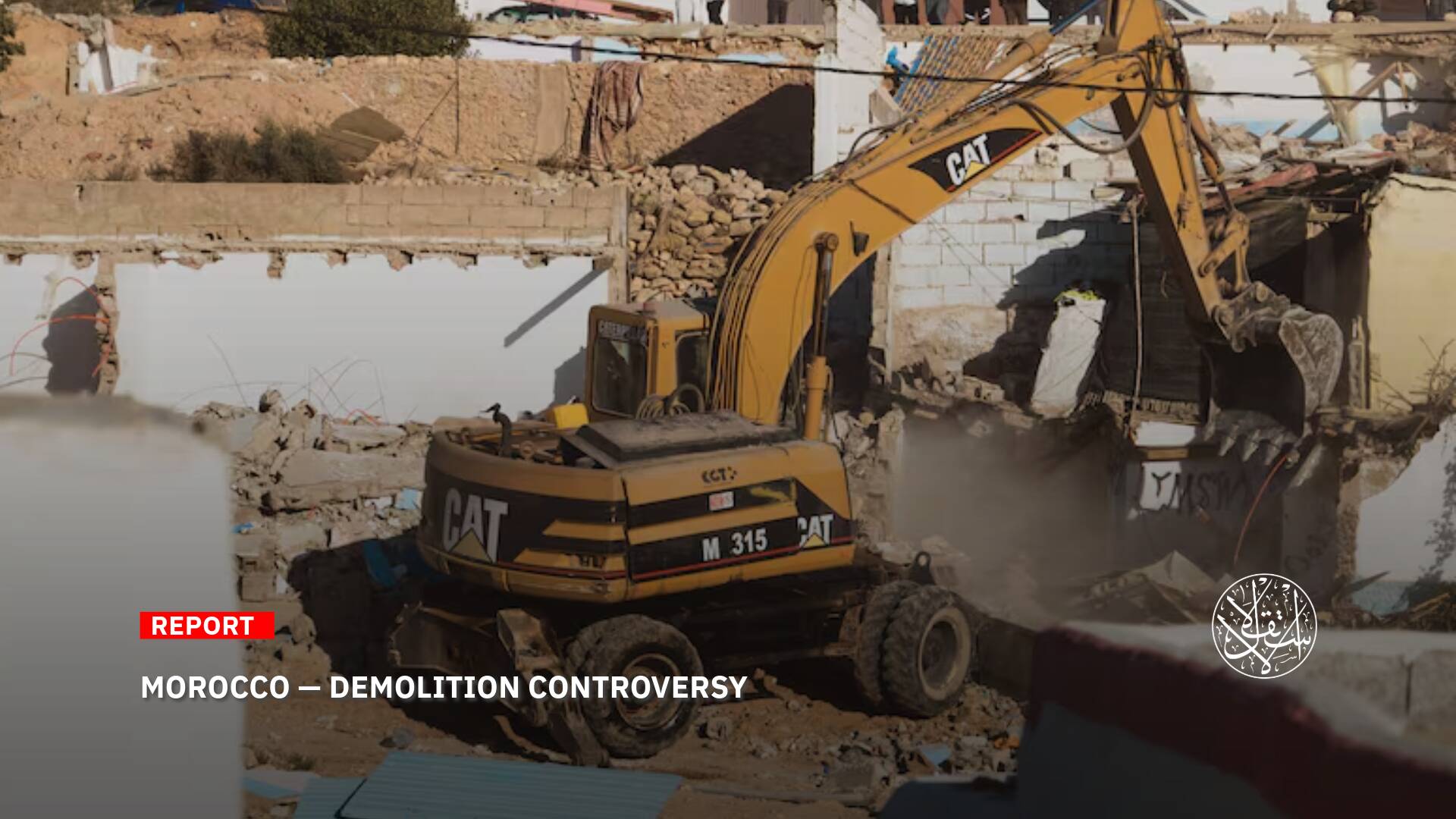Hamas Remains in Control Despite War and Destruction

The public prosecutions and Sharia courts have resumed their work inside police stations and centers.
Despite the widespread destruction and immense challenges left in the wake of the aggression, government, security, and judicial institutions in Gaza have begun gradually resuming operations—a testament to the resilience of the administrative system and its ability to govern under the most difficult circumstances.
Since the ceasefire came into effect on January 19, 2025, the government has been working to restore the full functionality of its ministries.
Meanwhile, police and security forces have reappeared across the enclave, patrolling in full uniform.
Gaza Rebuilds
Municipalities, too, have resumed operations in full force, clearing rubble, reopening roads, repairing sewage infrastructure, and preparing vast areas for new displacement camps.
Perhaps the most significant post-war development has been the public return of the Interior Ministry’s security apparatus.
After months of lawlessness and the rise of criminal gangs across the strip, security forces are once again asserting control.
Security has visibly returned as forces launch targeted operations against crime hotspots and work to safeguard incoming humanitarian aid.
Meanwhile, the Ministry of Education pressed ahead with the start of the new academic year on February 26, 2025—despite the immense challenges posed by the destruction of numerous schools, the severe lack of educational resources, and the ongoing displacement of families whose homes were reduced to rubble during the war.

The Ministry of Economy never ceased operations during the war, though it suffered heavy setbacks as Israeli Occupation Forces targeted its staff while they worked in markets to curb price hikes.
With the ceasefire in place, the ministry has ramped up its efforts, working closely with Palestinian police to crack down on traders exploiting the crisis by inflating prices.
The Ministry of Social Development is pressing ahead with relief efforts, distributing aid, and assessing the needs of Gaza’s residents.
Meanwhile, the Ministry of Housing has launched a large-scale survey to document and evaluate the damage, laying the groundwork for the reconstruction phase.
Gaza’s Finance Ministry, which had provided emergency stipends of 800 shekels ($220) to government employees and retirees during the war, has now begun issuing monthly salaries of 1,500 shekels ($412) since the ceasefire took effect.
The Ministry of Health continues to provide medical services, working to rehabilitate hospitals damaged during the war and reopen clinics that were previously in areas occupied by ground forces.
But the return to normalcy in Gaza is not limited to government ministries and municipalities.
On February 25, 2025, public prosecutions and Sharia courts resumed operations inside police stations and security centers, aiming to streamline legal procedures for citizens and “ensure the course of justice.”
According to the Interior Ministry’s “Home Front” platform, the resumption of operations across these institutions is part of a broader effort to rebuild governance structures and restore the judicial system following the devastating war that disrupted every aspect of life.
Ismail al-Thawabta, director of Gaza’s Government Media Office, stated that the government has successfully reactivated ministries, municipalities, and public institutions, ensuring the administration of public affairs under a comprehensive plan set in motion the moment the ceasefire took effect.
He told Al-Estiklal, “We have restored vital services such as water and sanitation, while municipalities have been working tirelessly to clear and rehabilitate streets—achieving significant progress in recent weeks.”
“We are also managing markets to prevent price hikes and monopolies, while gradually reopening public facilities in line with safety regulations,” he added.
Al-Thawabta stressed that “security is stable and fully under the control of Palestinian police forces,” despite the loss of nearly 1,400 officers during the war, according to an official statement.
“As soon as the ceasefire took effect, we deployed thousands of police officers across Gaza’s governorates,” he said, adding that security forces have launched operations targeting criminals, fugitives, and gangs that had been active and collaborating with the occupation.
“Police stations are now receiving citizen complaints and working to resolve them, utilizing all available resources to maintain stability and prevent any unlawful activity,” he continued.
Hamas Prevails
This swift return to governance comes despite months of assurances from Israeli Prime Minister Benjamin Netanyahu that the war would not end until Hamas’s military wing, al-Qassam Brigades, was dismantled, its rule eradicated, and a new, non-hostile administration installed in Gaza.
Yet Netanyahu has failed to deliver on his promises of “total victory” and the complete elimination of Hamas, despite the devastating massacres and widespread destruction inflicted across the enclave.
From the early months of the war, Netanyahu laid out what he called the “day after” principles, which included Hamas’s military and political eradication, Israeli military and security control over Gaza, the establishment of a civilian administration loyal to “Israel,” and unrestricted freedom for Israeli military operations in the strip.
Throughout the war, “Israel”—its government, military, and security institutions—sought to establish an alternative administration in Gaza, one that would be subservient and upheld by its military presence on the ground. Yet, this effort ended in failure.
The collapse of the so-called “day after” plans has sparked serious questions both within “Israel” and on the global stage, as the war has failed to dismantle Hamas or remove its rule—despite repeated pledges by the occupation to do so.
Speaking on Hamas’s current military strength, former U.S. Secretary of State Antony Blinken stated on January 15, 2025, during his final address at the Atlantic Council, that the group has recruited as many new fighters as it lost in Gaza.
Meanwhile, The New York Times reported that the first day of the ceasefire confirmed Hamas still maintains control over Gaza—despite the heavy losses it sustained over 15 months of war.

The report added that the swift reappearance of al-Qassam Brigades fighters and security personnel—fully uniformed, armed, and in official vehicles—took “Israel” by surprise, sending a clear message that Hamas remains in control of Gaza despite the loss of some of its leaders and fighters.
“Hamas terrorists regrouped into new combat units alongside thousands who had remained in northern Gaza throughout the fighting, though Israeli security officials assess these new formations remain weaker than Hamas' military capabilities prior to the war,” Yedioth Ahronoth reported.
“Hamas terrorists regrouped into new combat units alongside thousands who had remained in northern Gaza throughout the fighting, though Israeli security officials assess these new formations remain weaker than Hamas' military capabilities prior to the war.”
“Israeli military sources say Hamas learned key lessons from previous Israeli ground operations, noting that the group never deployed its entire 30,000-strong force during the previous fighting, recognizing it would not receive support from Hezbollah or other fronts,” according to the same source.
“Additionally, Hamas has used civilian governance to rebuild its military and economic strength. During the cease-fire period, the terror group reclaimed control over municipalities and civilian infrastructure, including schools and social services. Hamas terrorists have set up checkpoints to seize hundreds of tons of food, fuel and water entering Gaza daily under agreements with Israel, re-establishing taxation systems to finance salaries for operatives.”
Hamas Resilient
Political analyst and writer Ibrahim al-Madhoun stated that Hamas is deeply embedded in the Palestinian fabric and has developed a sophisticated administrative and governmental experience despite the relentless pressures and challenges it has faced since its electoral victory in 2006.
From the very beginning, the movement found itself under a suffocating blockade and repeated assaults—starting in 2008, followed by wars in 2012, 2014, and 2021, along with a series of confrontations from which it emerged more organized and resilient each time.
“Despite the occupation’s ongoing attempts to dismantle its administrative structure, Hamas has successfully built an effective emergency system. Its governing apparatus has proven capable of operating under the harshest conditions, and Israel has failed to paralyze Gaza’s administrative and bureaucratic capacities,” he stated in an interview with Al-Estiklal.
“The human element has demonstrated remarkable resilience, continuing to function despite severe economic hardships and irregular salaries. In fact, it has even managed to develop innovative mechanisms to sustain operations in highly complex environments—including the battlefield itself.”
Al-Madhoun emphasized that this administrative resilience stems from a deep commitment to the national cause. He noted that employees and workers see themselves as part of a “noble project” and view its success as essential to the perseverance of their people.

“Hamas’s ability to organize and adapt to shifting realities has allowed it to overcome the obstacles imposed by ‘Israel,’ ensuring that Gaza’s administrative and bureaucratic apparatus continues to function—driven by a spirit of resilience and defiance,” he said.
He acknowledged, “There is no doubt that the latest Israeli war dealt a significant blow to Hamas’s capabilities, particularly at the governmental and administrative levels, but it failed to break the movement or bring it to a standstill.”
Al-Madhoun continued, “The continuation of government operations under such dire conditions reflects the strength and resilience of Hamas’s administrative and governmental structure. It is difficult—if not impossible—for Israel to find an alternative to the movement in governing Gaza.”
He emphasized that despite the devastation and relentless war, Hamas still enjoys widespread popular support and maintains a united internal front.
The crimes committed by “Israel” have not isolated Hamas; on the contrary, they have only increased its popularity and solidified the loyalty of its cadres and supporters.
On the other hand, any entity attempting to replace the movement without national legitimacy will face outright popular rejection, according to al-Madhoun.
“Hamas remains a cohesive political and military force, capable of maintaining its governance, thanks to the Qassam Brigades, which have demonstrated their ability to confront the occupation and inflict heavy losses,” he concluded.
Hamas leadership has also made its position clear: any force attempting to enter Gaza without coordination will be treated as an occupying power.
This means that imposing an alternative by force is neither a simple nor a viable option, al-Madhoun asserted.












